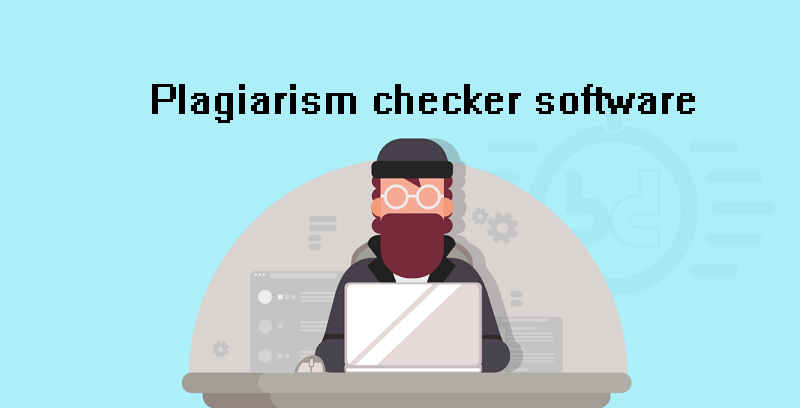Education is evolving, and blended and hybrid learning models are at the forefront of this transformation. These innovative approaches combine traditional in-person instruction with online components, offering flexibility, personalization, and a host of other benefits that are reshaping how we learn. Understanding the differences between hybrid vs blended learning is essential for educators and students alike.
Understanding Blended and Hybrid Learning
While both models blend online and offline learning, there’s a key difference:
- Blended Learning: Integrates online components into a primarily face-to-face course. The online aspects supplement and enhance the classroom experience.
- Hybrid Learning: Offering students the option to attend classes either in person or virtually in real-time provides greater flexibility and choice, enhancing the learning experience. This model acknowledges the diverse needs and preferences of students, allowing them to engage with course material in a way that best suits their circumstances. By optimizing the learning experience through flexible attendance options, educational institutions can better accommodate various learning styles, schedules, and individual needs, ultimately fostering a more inclusive and effective learning environment.

The Advantages: Why Blended and Hybrid Learning Are Gaining Momentum
- Flexibility and Personalization: Learners can access materials at their own pace, rewind lectures, or delve deeper into specific topics. This caters to diverse learning styles and schedules.
- Increased Engagement: Interactive online elements like quizzes, simulations, and discussions keep students actively involved in the learning process.
- Accessibility: Students with disabilities, geographical constraints, or busy lives can participate more easily in hybrid and blended courses.
- Cost-Effectiveness: These models can reduce costs associated with travel, physical resources, and even textbook expenses.
- Preparation for the Digital Workplace: As remote work and digital collaboration become more common, blended and hybrid learning equips students with essential skills for the modern workforce.
- Data-Driven Insights: Online platforms provide instructors with valuable data on student progress, allowing for targeted interventions and improved teaching strategies.
- Enhanced Collaboration: Online forums and group projects foster collaboration among students, even those who are physically distant.
- Greater Student Autonomy: These models encourage self-directed learning, critical thinking, and problem-solving skills.
Real-World Examples: Blended and Hybrid Learning in Action
- Flipped Classrooms: Students learn new concepts at home through videos or readings, then use class time for discussions, activities, and clarification.
- University Courses: Blended learning is becoming commonplace in higher education, with lectures streamed online and supplemented with in-person labs or tutorials.
- Corporate Training: Hybrid models allow employees to access training modules on their own time while still benefiting from in-person workshops or mentorship.
- K-12 Education: Schools are embracing blended learning to provide individualized instruction and cater to students with diverse needs.
Considerations and Challenges
While blended and hybrid learning offer significant benefits, it’s important to be aware of potential challenges:
- Technology Access: Not all students have reliable internet or devices.
- Digital Literacy: Some students may need support in developing online learning skills.
- Social Interaction: Hybrid models can reduce face-to-face interactions, which some learners may miss.
- Instructor Training: Educators need training and support to effectively implement these new approaches.
The Future of Education
Blended and hybrid learning are not merely trends, but rather fundamental shifts in how we approach education. These models have the potential to revolutionize learning, making it more accessible, engaging, and tailored to individual needs.
As technology continues to advance and educational institutions adapt, we can expect even more innovative and personalized learning experiences to emerge. Embracing these changes is crucial for preparing students to thrive in an increasingly digital and interconnected world.





